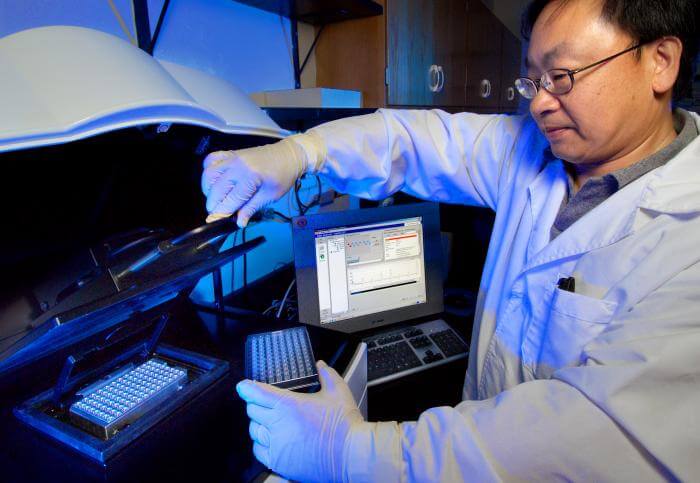With the broad adoption in recent years of electronic health records (EHRs), public health has the opportunity to take advantage of the availability of electronic health data to improve surveillance. Currently, most clinical care providers use manual mechanisms such as facsimile, web form, e-mail or mailed paper forms to report cases of reportable and notifiable diseases and conditions to public health authorities. Manual reports create a burden on both the clinical provider and public health and provide opportunities for errors in the data.
Much of the data needed for the case report exists in the patient’s electronic medical record. Automating the building and sending of case reports with EHR technologies holds the promise of reducing the burden of reporting while improving the timeliness, accuracy and completeness of the data. In turn, better data means better public health action. Such automated reporting is known as electronic case reporting (ECR).
Sexually transmitted infections (STIs) account for most of the reportable condition case reports received by state and local public health agencies and about 85 percent of all notifiable condition reports to the Centers for Disease Control (CDC) each year. In 2014, over 1.8 million cases of Chlamydia trachomatis and Neisseria gonorrhoeae infections were reported to CDC (CDC, 2015). When compared to the notifiable disease with the next greatest number of reported cases—salmonellosis with 50,634, (CDC, 2015)—it is clear that automating STI reporting warrants particular attention.
Over the past year, PHII worked with the CDC Division of STD Prevention to convene a panel of experts from national, state and local public health agencies supported by subject matter experts in epidemiology and standards-based terminologies. The purpose of the Advancing ECR of STIs project is to provide support to public health agencies and their clinical partners for initiating ECR of chlamydia and gonorrhea. Toward that end, the expert panel met to come to consensus on:
- Data elements to include in the STI case report (based on elements for the electronic initial case report vetted by the Council of State and Territorial Epidemiologists)
- The case detection logic that triggers a report to be sent from the EHR system to the local public health agency
Based on these recommendations we worked with our SMEs and a technical work group to develop the value sets of trigger codes to be consumed by the EHRs and a technical guidance to guide implementation. In the next few weeks, we will release these documents to public health and hope to pilot the work in the next year.


